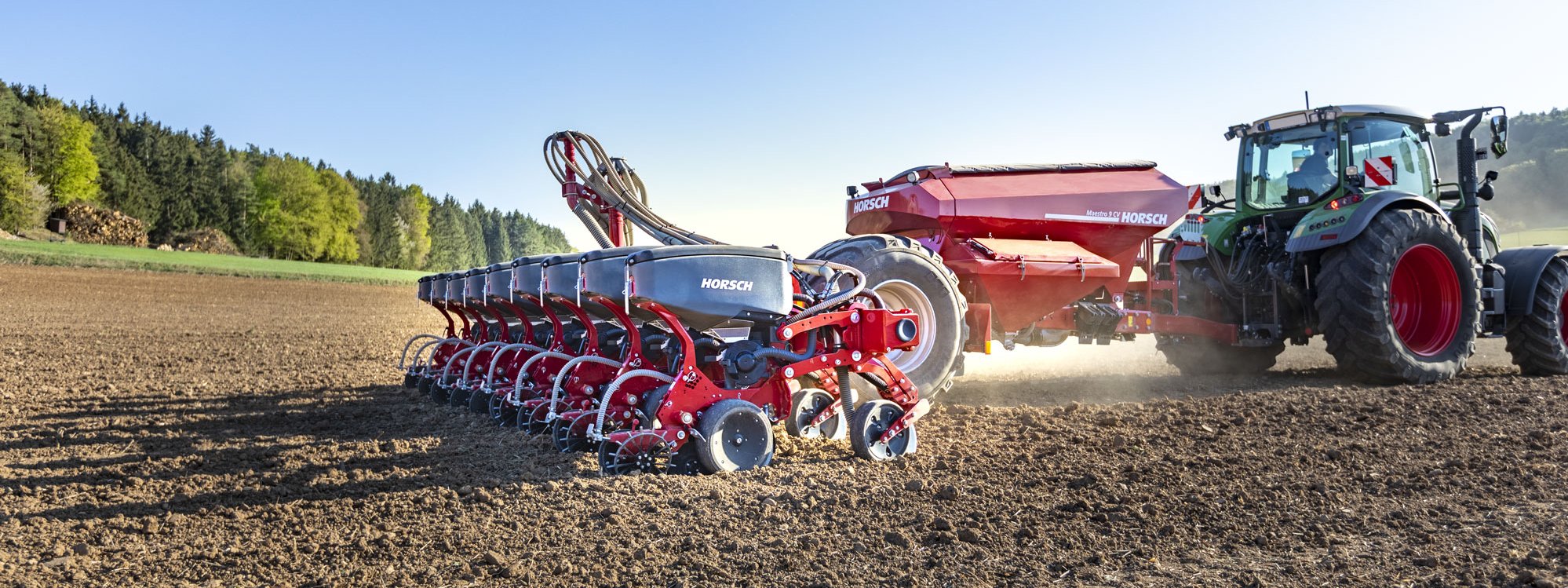Managing Pests Through Residue Management
Average reading time: 3 minutes
Harvest has finally started in the Midwest, and we’re excited to present our full, systematic approach to Integrated Pest Management. Some may ask “How does harvesting crops have a role in IPM?”. It is a key player in managing residues and sets the stage for decomposition. More information about this subject is available at:
More information about this subject is available at: Straw distribution before and after stubble cultivation (I)
For this article, we will be focused on corn residue and how it can be transitioned into a resource while preventing future issues.
IPM is comprised of:
- Cultural, Mechanical, Biological and Chemical control methods.
- Cultural-Plant selection, Rotation, Planting Dates
- Mechanical-Tillage, Handpicking
- Biological-Introduced or attracted Parasitoids, Predators and Pathogens
- Chemical-Herbicides, Insecticides and Fungicides etc.
A well-developed pathogen last year was Tar Spot, or Phyllachora maydis. Increased pressure is due to cool, humid conditions and can commonly be identified by raised black spots. These stromata can produce thousands of spores.
Which IPM practices have the best capability of controlling and preventing this disease?
- Cultural, Mechanical and Chemical avenues are easily obtained with the right equipment.
All of which, have a common goal-disrupting the disease’s life cycle.
Instances such as hybrid selection, crop rotation and fungicide use are common, but mechanical prevention can often be overlooked. To further emphasize which practices are best, a disease life cycle and triangle must be studied.
Preventative measures, to pest control, can also be the best decisions economically, but it takes the correct machine to do so. For example, if a farmer is using a machine that leaves strips, ridges or poor uniformity there could be plenty of residue left to successfully overwinter and continue the life cycle. Use of the right tool, in the right place, will also tackle many other challenges with a single pass.
To gain full management of any pest, more than just one IPM practice must be used. Although corn residue may be sized correctly, decomposed and returned to an inorganic state; it is difficult to control neighboring fields or prevent other pests from migrating across the fence row. Because of this, it is a reminder to always scout and have multiple options for prevention/control.


